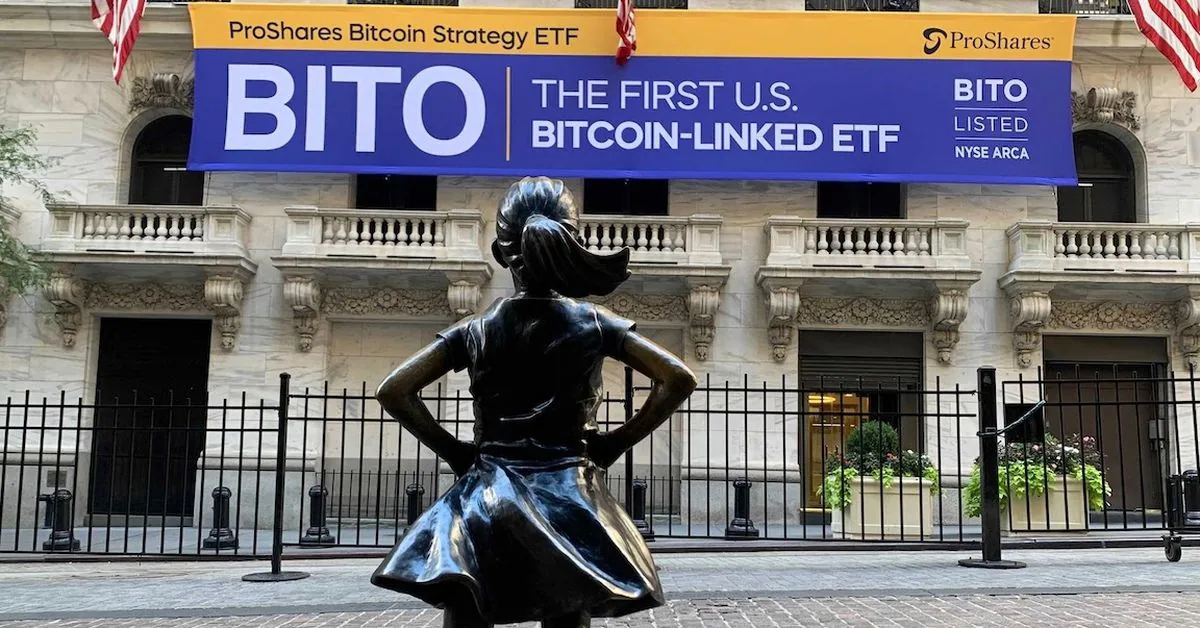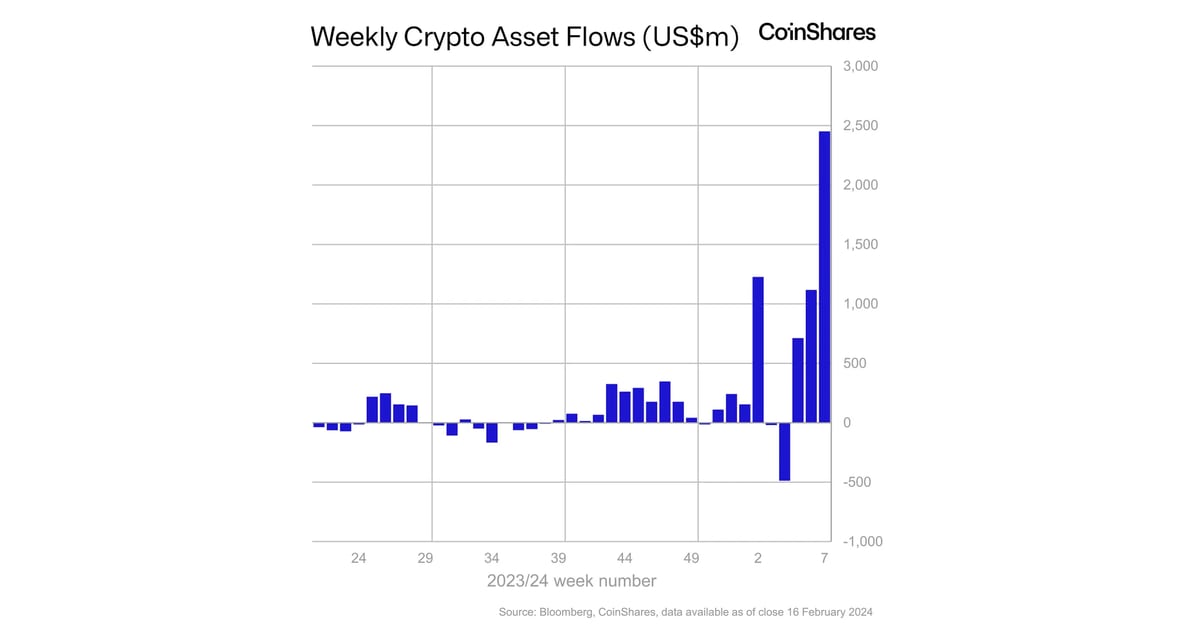Thorchain Over Fourfold Increase Draws Attention, Will the Cross-chain Veteran Revitalize Again?
Thorchain's 400% Surge Gains Notice, Can the Cross-chain Leader Experience a Revival?Produced by: DODOResearch
Author: dt X Gryphsis Academy
Editor: Lisa
Compared to the booming development of the BTC ecosystem, the AI track suddenly caught fire. Ethereum’s DeFi projects seem to be lackluster in this round of market increases. However, there is a product that is silently making progress. In the last quarter of 2023, it has risen more than four times from the annual low point, and it has increased more than six times, continuously delivering products and updates in the bear market. That is Thorchain, the most eye-catching Defi project in the market right now.
- Analyzing xPet’s design mechanisms and economic system One step away from a great SocialFi product?
- RWA Compliance Observations Is After-sales Leaseback a Legitimate Good Business?
- Kava 15 Upgrade Focus How Zero Inflation Unlocks New Investment Opportunities in $KAVA
This week, Dr. DODO will join Gryphsis Academy to introduce you to this old-school Defi protocol Thorchain, and what updates it has made. They will also introduce you to other projects worth paying attention to in the cross-chain DEX track, besides Thorchain.

What is Thorchain?
Thorchain can be said to be one of the oldest DeFi projects on-chain. It was established as a team as early as 2018 and launched its product in 2019. It has experienced multiple hacking incidents, but with the support of a strong team and an unwavering community, Thorchain continues to deliver and has become one of the top 50 blue-chip projects in terms of market capitalization.
Thorchain’s main business is a decentralized cross-chain AMM that allows users to exchange and trade between different blockchain assets without relying on third-party institutions. Unlike centralized exchanges, Thorchain operates based on a specially designed trustless protocol. Users only need to deposit their trading funds into the liquidity pool to perform frictionless cross-chain asset exchanges. Unlike cross-chain bridges, Thorchain provides native asset cross-chain instead of wrapped tokens. Thorchain has built a blockchain using the Cosmos SDK and created multiple native token AMM pools within its protocol, such as BTC, ETH, and Thorchain token $RUNE. When users cross-chain, they actually swap through Rune with native tokens on different blockchains to obtain native assets on the target chain.
Technically, Thorchain uses advanced cross-chain messaging systems and custom Byzantine fault-tolerant algorithms. After being hacked multiple times, it has continuously improved to enhance the security of cross-chain message transmission. Thorchain is considered one of the most promising cross-chain infrastructure projects, solving the pain points of cross-chain asset liquidity and transaction efficiency and becoming the best route for BTC-ETH cross-chain channel liquidity on-chain.
What updates does Thorchain have?
Thorchain has received two major updates this year. The first one is the introduction of Streaming Swaps mechanism, which allows users to instantly perform large-scale cross-chain asset exchanges, overcoming the problem of low liquidity that previously resulted in fewer users. Here are the main thoughts on how users can use Streaming Swap:
- Users initiate a large cross-chain exchange, for example, 10 BTC to 3000 ETH.
- The protocol splits this exchange into multiple smaller Streaming Swaps, each unit being 0.1 BTC.
- After each execution of a 0.1 BTC exchange for roughly 30 ETH, the ETH is immediately sent to the user.
- Repeat the process of streaming swaps until the entire exchange of 10 BTC to 3000 ETH is completed.
This streaming swap mechanism enables instant settlement of large exchanges, reduces slippage losses, increases fund utilization efficiency, and enhances the protocol’s resistance to saturation attacks.
From the data perspective, since the launch of Streaming Swap in the third quarter of this year, trading data shows a significant increase, with the main trading volume still being on BTC pairs. This demonstrates Thorchain’s success in providing more efficient and convenient cross-chain transaction solutions and attracting more user participation.

Thorchain's market share line chart of all DEX trading volume Source: Defillama

Thorchain's market share line chart of all BTC trading Source: Coingecko
Another major update is the long-awaited official launch of Thorchain Lending, which has been under discussion on the forum for nearly two years. Thorchain Lending focuses on interest-free, non-forced liquidation, and no expiration date lending products, catering to users’ needs for borrowing and leverage. So, how is interest-free, non-forced liquidation, and no expiration date achieved?
The main reasons include:
- Interest comes from the revenue of pledged assets rather than being paid by the borrower, thus achieving interest-free lending.
- An additional collateral ratio of 150%-250% reduces liquidation risk; liquidation decisions are solely based on smart contracts and protocol rules, without any human intervention.
- Borrowers only need to continuously supplement collateral assets for long-term use of borrowed funds, hence no pressure of expiration date, and the borrowing period is only limited by the duration of collateral assets.
- Users pledge ETH to obtain stablecoin loans, and ETH generates revenue through liquidity mining, which offsets the borrowing cost and provides net income.
- Liquidation comes from the transfer of collateral asset premiums, without the need for borrowers to actively bear the risk, enabling risk control.
Thorchain Saver Vault, launched alongside Lending, further increases Thorchain’s total value locked (TVL). Saver Vault allows DeFi users to deposit native tokens without bearing the volatility risk of $Rune, effectively attracting users to deposit assets and providing a source of underlying assets for long-term collateral. These innovative measures provide users with more choices and convenience, while also expected to promote the growth and development of the Thorchain ecosystem.
Competitor in the same race – Maya
Maya Protocol is a decentralized cross-chain protocol built on Thorchain. It was launched in March this year and is considered a friendly fork project of Thorchain. Maya Protocol has received support from the Thorchain community. It has some key differences in its cross-chain AMM mechanism compared to Thorchain:
- As a friendly fork of Thorchain, Maya Protocol aims to enhance Thorchain rather than replace it. It provides backup support and resilience to decentralized infrastructure, similar to how a plane with dual engines improves reliability.
- Maya introduces some unique designs for capital efficiency, security, and value acquisition, such as liquidity nodes, dual token mechanism, and impermanent loss protection.
- Maya also plans to support more public chains such as Arbitrum, Cardano, and smart contract chain Aztec to expand the entire cross-chain ecosystem.
- Through collaboration, both projects have achieved functional integration, such as one-click cross-platform aggregation trading and streaming exchanges. Users can seamlessly operate between the two platforms.
In summary, Maya and Thorchain have built a complementary cross-chain alliance, solving the limitations of a single solution and jointly promoting the development of decentralized finance.
Competitor in the same race – ChainFlip
Unlike Maya Protocol, Chainflip is not a community fork project. It is a highly funded project with millions of dollars in financing. In 2021 and 2022, it received investments from Framework Ventures, Blockchain Capital, and LianGuaintera Capital, raising a total of $16 million. It finally launched its mainnet this year, but its product is not yet open.
Chainflip is a hybrid decentralized trading protocol positioned to allow seamless value transfer between any blockchain, including BTC, EVM, and underlying networks. It aims to combine the advantages of centralized exchanges and DEXs to achieve efficient asset trading and risk management.
One of its major selling points is the Jit AMM mechanism design, which minimizes slippage and provides precise pricing to address cross-chain challenges. It solves the drawback in Thorchain where liquidity providers have to bear significant impermanent loss. Chainflip allows liquidity providers to add single-sided liquidity. Additionally, it improves the user experience by enabling users to use regular wallets for value conversion on any chain, unlike Thorchain, which requires specific wallet installations.
In summary, Chainflip boasts better product experience and design compared to Thorchain. However, although its mainnet has been launched, its main product, the cross-chain DEX, is not yet open for use. Whether it can effectively attract TVL (Total Value Locked) in the future is a key factor in its long-term survival, especially considering Thorchain’s extensive experience in this race. It will require considerable effort to compete for market share.
Author’s Opinion
Scott@GryphsisAcademy
I will analyze and discuss from a trading perspective. We initially added $RUNE to our watchlist because of the Bitcoin rune explosion in May. At that time, we conducted an analysis of the Bitcoin ecosystem, and Thorchain, as a native Bitcoin cross-chain DEX, came into our focus. Additionally, Thorchain is built on the COSMOS SDK. The recent surge in the COSMOS ecosystem with TIA, INJ, and KUJI in the past month has attracted attention to the hype around the COSMOS ecosystem. Therefore, Thorchain has the advantage of benefiting from both the Bitcoin ecosystem and the COSMOS ecosystem’s double beta.
Secondly, ThorChain’s economic model’s strong value capture ability, first-mover advantage, and the team’s active innovation during the bear market have also sparked discussions and attention in the market, with the launch of Streaming Swaps and “Ponzi” lending in July and August, laying the groundwork for the growth of TVL and Volume in the bull market. Therefore, it has demonstrated strong Alpha capabilities in both the Bitcoin and Cosmos ecosystems.
Maya Protocol and ChainFlip, which came out later as competitors to ThorChain, also established valuation anchors. At that time, many comparisons and valuation analyses were conducted on Twitter, resulting in the conclusion that $CACAO and $FLIP were going to rise. When more and more new competitive projects emerge in the market, these new projects can break the barriers of older projects by offering higher token incentives. This is also an interesting aspect of Web3 governance and economics. However, the emergence of more competitors will also divert investors’ attention. Therefore, at present, we will appropriately reduce our holdings based on some financial indicators.
@19971122 DT
In my opinion, with the current trend of the booming BTC ecosystem, the demand for cross-chain transactions between ETH and other EVM public chains, as well as the recently popular Solana ecosystem, will become increasingly strong. Cross-chain DEX is indeed a growing business. However, this wave of Rune’s surge is more inclined towards the launch of Thorchain Lending, which provides more use cases for Rune and effectively creates a flywheel effect through token burn, rather than solely relying on the growth of cross-chain DEX business. But in the current market sentiment, it is quite normal for coins with similar concepts to rotate in the short term. In the long run, I will focus more on Thorchain itself because I believe that a big part of Thorchain’s success is not necessarily due to its excellent product, but rather the strong connection between the project team and the community, as evidenced by many educational content produced by the community. Despite facing multiple attacks, Thorchain has persevered, demonstrating the determination of its project team. Therefore, Thorchain is definitely the leader in this race track and will continue to be so in the short term.
We will continue to update Blocking; if you have any questions or suggestions, please contact us!
Was this article helpful?
93 out of 132 found this helpful
Related articles
- Crypto for Advisors Unleashing the Power of On-Chain Investment Tools and Vehicles
- The most unique flag in crypto history DogeCoin.
- MT Capital Insights How can Jito reshape the staking market landscape of Solana?
- LianGuai Daily | Google launches multi-modal AI model Gemini; Coinbase and Binance to list Jito (JTO)
- Circle Cross-chain Transfer Protocol (CCTP) Lands on Cosmos Ecosystem, the Market Defense Battle of USDC
- Bitcoin Mid-term Plot Speculation Bull Market Cycle Established, Pullback is an Opportunity
- Luke sparks a heated debate about the Bitcoin engraving, how does the overseas community view it?






